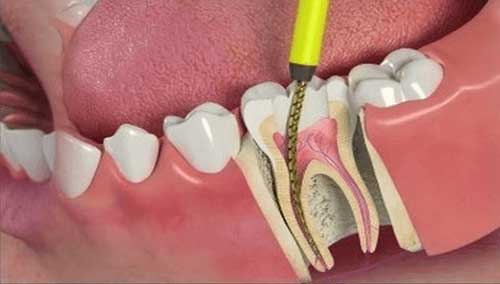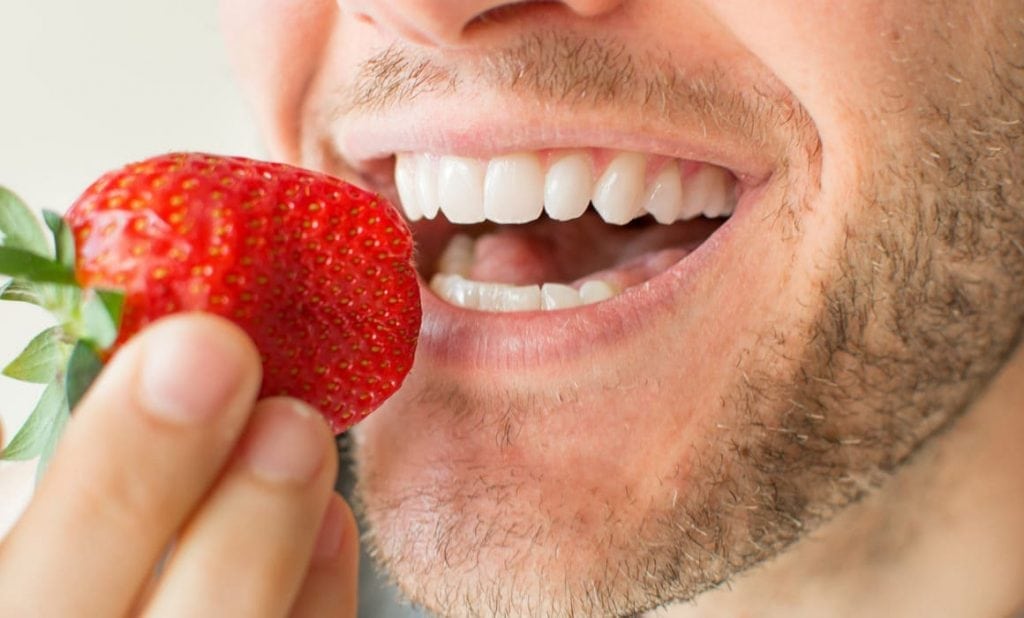What is Endodontics?

Endodontics is the branch of dentistry that focuses on the care, diagnosis and treatment of dental pulp and tissues surrounding the roots of a tooth. What is Dental Pulp? Dental pulp sits inside your tooth, covered by layers of specialized bone, connective tissue and enamel. Our dental pulp is filled with blood vessels and nerves that connect the tooth through its roots to the rest of the mouth. Why is Endodontics Important? It is important to keep the dental pulp of a tooth healthy because it is responsible for the blood flow to the tooth, the creation of one of the layers of the tooth (dentin), and provides a sensory function, such as a reaction to differences in temperature. The infection and decay of dental pulp can lead to severe pain and the death/removal of the tooth. What Procedures Does an Endodontist Handle? Endodontists perform root canal treatments, address traumatic dental injuries, and place dental implants. The real goal is to save your natural teeth, but if this is not possible, an endodontist will look for the best course of action to preserve and restore your dental health. When To See An Endodontist? If you’re experiencing tooth pain, have injured your tooth, experience extreme sensitivity to hot or cold food items, and/or have swelling around the teeth, gums or face, then you should make an appointment to see your dentist. Your dentist may then refer you to an endodontist for specialized treatment. Trust in East Mountain Dental’s Endodontics At East Mountain Dental, we are able to evaluate and treat your endodontic-related problems. By saving your tooth, we can help you keep your smile as natural as possible, which allows you to continue eating your favorite foods and maintain your overall dental health.
Try these Foods for a Whiter, Brighter Smile!

Try these Foods for a Whiter, Brighter Smile! We all know that wine, tea, coffee and sodas can discolor and stain our teeth. Most people are unwilling to give up their coffee or soda addiction and could not possibly think of starting their morning without coffee or have a meal without a soda. Luckily, like most things in nature there is a balance. Whereas these liquids can stain your teeth, there are foods that can be eaten to whiten your teeth. So although it may be a good idea to cut down on your coffee or soda intake to prevent stains, these foods can work as an extra combatant against discoloration. Teeth whitening foods: An apple a day not only keeps the doctor away, but can also keep you away from having your teeth whitened at the dentist. Apples, celery and carrots increase saliva production in the mouth. Since saliva is the mouth’s self- cleaning agent, these foods make sure it is not in short supply and their crunchy texture helps scrub teeth. The acidity in oranges and pineapples is just enough to act like a mouthwash. These fruits also stimulate saliva production. Yogurt, milk and cheese contain lactic acid that protects the teeth from decay, which can cause discoloration in teeth. Proteins in yogurt attach themselves to the surface of teeth to protect them from acids that cause cavities. Hard cheeses are also great for teeth whitening and they help remove stray food particles in the mouth. Strawberries contain malic acid that whitens teeth. You can turn strawberries into a paste that you can place on your teeth. Leave the paste on for five minutes before rinsing it off and then brush and floss as usual for whiter teeth. Seeds and nuts have an abrasive texture that works as an exfoliator for your teeth. High fiber, coarse foods, such as broccoli, act as a scrubbing agent. These foods can be used to remove and prevent stains on the exterior of the tooth, which is normally called extrinsic whitening. If you try the above foods or other extrinsic whitening products, such as a teeth whitening toothpaste, and you are not getting the results you want, it could be because you have intrinsic discoloration. Intrinsic whitening deals with the whitening of the interior of the tooth. Age, genetics, acidic foods, smoking and even medications slowly discolour the dentin in our teeth. Dentin is a layer of calcified tissue underneath our tooth enamel. Teeth discolouration is a natural process, however, the above mentioned factors and tooth decay can speed up the process. This is why intrinsic teeth whitening treatments, such as bleaching gel are available. Most intrinsic procedures have to be administered at a dentist’s offices. To figure out what is the best teeth whitening treatment for you, speak to us at East Mountain Dental.
The Fuss about Floss

Every dental hygiene article will tell you that an adequate oral hygiene regime includes brushing your teeth twice a day and flossing at least once a day. However, according to data from the latest National Health and Nutrition Examination Survey, which was compiled in 2016, it states 32.4 % of American adults over the age of 30 never floss. The results also showed that 37.3 % of these adults floss but not everyday; and only 30.3 % floss on a daily basis. Other interesting findings include more men failed to floss when compared to women and low-income participants are less likely to floss than those in higher income brackets. But why do these statistics matter? What is the fuss about flossing? For one thing, these statistics are an indicator of why the Center of Disease Control finds a high prevalence of gum diseases in America, especially in the Southern States. What is gum disease? Gum disease in its most common form is called gingivitis. The symptoms include tender and swollen gums that bleed easily when brushed. Gingivitis can be caused by the failure to maintain oral hygiene. When someone neglects their oral hygiene, food particles can get stuck between the teeth and mix with saliva and bacteria in the mouth. This mixture forms plaque, which can harden into tartar that can not be removed through normal toothbrushing. The bacteria in plaque and tartar create acids that eat into our tooth enamel and create holes called cavities. Bacterial infection and tooth decay fester in cavities and can affect the gums, causing gingivitis. If left untreated, gingivitis can develop into a more advanced stage of gum disease, which can cause nearly irreversible damage to the gums, teeth and jawbone. Flossing ensures that food particles do not get stuck between our teeth, where our toothbrush can’t reach, and cause cavities. Preventing gingivitis is also a preventative measure against a number of other health issues, such as respiratory diseases, which can be caused by bacteria in the mouth affecting the lungs. Tips for flossing: Floss before bedtime as this is when you will get the best result as it is after you have eaten for the day. Start with 18 inches of floss and work it around each middle finger until you have around two inches. Hold the floss taut between your thumb and index finger and gently move it up and down between your teeth. Carefully glide the floss around the base of each tooth, going beneath the gum line. Use new sections of floss for each new tooth. Remove floss from your teeth by mimicking the same up and down motion.
